Perception bias is the term used to recognize the preconceived assumptions we all make when faced with new situations or people and the conclusions we come to based upon these assumptions. It is an umbrella term, encompassing several different types of bias, including confirmation bias (per Britannica: ‘people’s tendency to process information by looking for, or interpreting, information that is consistent with their existing beliefs’), gender bias, and ageism.
Left unchecked, perception bias hurts the workplace. Without an awareness of what these biases are and how to undo them, perception bias can affect decision-making, team dynamics, and the overall workplace environment. It plays a part in recruitment too - multiple studies have shown that recruiters in Western cultures overlook applicants with Muslim-sounding or African-American-sounding names.
Identifying perception bias in ourselves and others
To negate the effects of perception bias, we must seek it out at its roots. Self-awareness is the first step. Self-reflection, interrogating why we assume the things we do or make the decisions we make, is an important piece of the puzzle.
We should look outwardly too. 360-degree feedback can shine a light on any biases we are unaware of and is a key part of self-improvement in the workplace.
To identify signs of perception bias in the wider workplace, we can monitor team interactions. Are all voices given a platform and considered equally? Do some overrule others despite them offering valuable input? These are just some of the questions we can consider.
We can also examine our hiring practices, looking out for hiring patterns that may highlight the subconscious biases of hiring managers or team leaders.
Strategies for mitigating perception bias
Tackling perception bias is no small matter. As much of it is subconscious, it can seem like a difficult issue to take on, but there are strategies we can apply to help us address it, such as:
- Implementing structured decision-making processes
This applies to hiring and promotions as well as daily operations. A defined structure that has itself been reviewed for perception bias can reduce opportunities for bias to sneak into decision-making. As everyone is required to use the same system, the impact of personal biases is minimized, ensuring objectivity and fairness.
- Promoting diversity and inclusion training
Regular diversity and inclusion training should be a matter of course for all modern workplaces. These sessions educate employees on the importance of overcoming biases and valuing diverse perspectives. You can take this idea further by putting on ‘lunch and learn’ sessions hosted by people from different backgrounds, asking them to share their experiences of life and work.
- Encouraging open dialogue and feedback
Employees should feel that they work in a safe space, one where open dialogue is encouraged. Team leaders and managers can demonstrate that the workplace is safe for everyone by respecting and listening to everyone, taking on board feedback, and opening up the conversation around people’s experiences of perception bias. If these leaders listen without judgment then they model what the rest of the organization should do.
Leveraging tools and assessments to combat bias
We don’t have to rely on observation alone to get to the bottom of perception bias as there are a wide range of tools and assessments that can find it within ourselves and our teams. Thomas’ services, such as our psychometric assessments and approach to 360-degree feedback offer objective insight into individual skills and potentials, reducing the influence of subjective biases.
We can’t complete these assessments and assume our work on perception bias is done. It’s important to continue monitoring and evaluating workplace practices and policies. New hires are made all of the time, and workplaces are often restructured, presenting opportunities for perception biases to appear once again. As we implement new policies, we must be aware of the potential for bias to influence decisions and ensure the policies themselves are free of bias.
Building a culture of awareness and inclusion
Perception bias shouldn’t be a tick-box exercise. We don’t just complete the training once a year and move on - we need to ensure we implement our learnings and continue to look out for opportunities to learn more. With regular check-ins and meetings on this subject - at a function and leadership level - we can cultivate an environment of diversity and inclusion. If any employee surveys or 360-degree feedback suggest we are falling short, then we must address it.
Leaders must set an example when it comes to perception bias. They need to set the tone and actively work to recognize and eliminate biases in their decision-making and interactions. When they treat everyone with mutual respect and use structure to inform their decisions and hires, leaders show their teams that they mean what they say. Management training can support leaders in getting this right.
The Thomas approach to minimizing bias
Thomas is here to support Hiring Managers and leaders in minimizing bias. Our suite of assessments and tools is designed to identify biases by providing objective data on individual strengths and capabilities.
- Our Aptitude assessment measures an individual's aptitude in 5 key areas; Reasoning, Perceptual Speed, Number Speed & Accuracy, Word Meaning, and Spatial Visualization
- Our Personality assessment is grounded in the 'Big 5' model, assessing traits that predict job success and risk for derailment
- Our Emotional Intelligence assessment measures 15 emotional traits concerning Well-Being, Self-Control, Emotionality and Sociability
The insight gained from these assessments leaves no room for assumptions based on gender, age, or background. It is objective data, supported by science registered with the British Psychological Society. We can further support you with this information by supplying tailored assessments, training, and consultancy services that address any issues that we find.
Moving forward: An action plan for bias reduction
So, there’s our action plan for reducing perception bias: self-awareness, group awareness, structured decision-making, open dialogue, and diversity and inclusion training. The Thomas platform is designed to help with all of this and more, creating more inclusive and equitable workplaces through the application of people science. Speak to one of our team today to learn more.
Perception bias is something we all need to work on every day, in the workplace and beyond. With proactive steps and self-awareness, we can all play a part in creating workplaces where every individual is valued for who they are.




